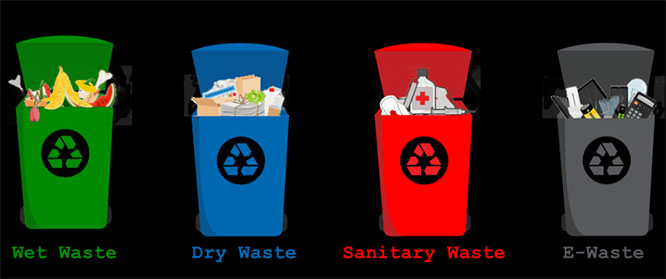
Shivamogga, Oct 2: Police in Karnataka have arrested five persons, including the wife and children, in connection with the murder of a man in Karnataka’s Shivamogga district, sources said on Saturday.
According to the sources, the accused murdered Vinod (45), a resident of Achapura village on September 26. But the incident only came to light two days later after a fully burnt car with a dead body on the driver’s seat was discovered in a forest area.
The arrested persons have been identified as the victim’s wife Binu (42), his elder son Vivek (21), younger son Vishnu (19), Binu’s sister’s son Ashok (23) and Vinod’s brother Sanjay (36).
The arrests were made on Friday.
After killing Vinod, the accused transported the body in a car to the Hunasekoppa forest area and torched it to make it look like a case of suicide, according to the police.
The police added that the victim fought with his family over an affair with a lady from a neighbouring town. The issue created a rift in the relationship between him and all his family members.
Recently, Vinod had sold his land and planned to give a major share to his friend. He was also planning to sell off another property.
The family members upset with the conduct of Vinod hatched a conspiracy to kill him, the police said.
The accused purchased petrol and made other preparations on September 26. They allegedly strangulated Vinod with an iron wire and smashed his head with an iron rod, after which his body was placed in the car which they later torched.
Meanwhile, the Theerthahalli police who traced the burnt car initially thought it to be a case of suicide.
But when the police started inquiring the family members, their statements differed from each other.
The five accused have been sent to judicial custody.






Comments
Add new comment